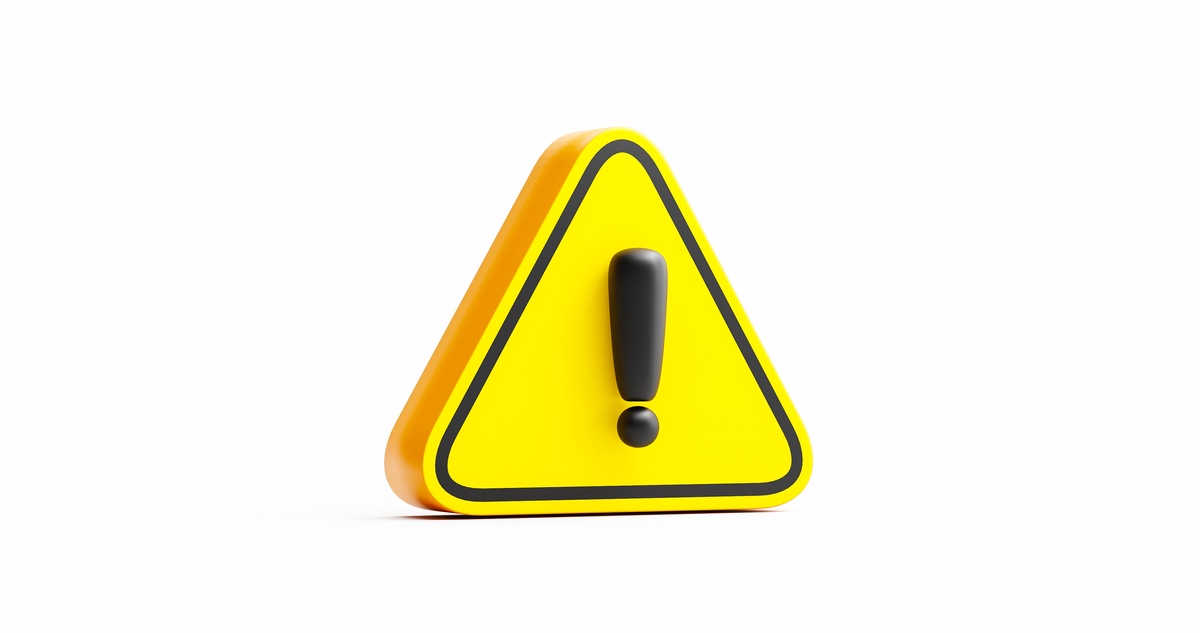How to Fix the HTTP 499 Error
Have you ever run across the HTTP 499 error while online? If so, you are aware of how annoying it may be. When a client, such as a web browser, submits a request to the server, but the server cannot fulfill the request and cuts off communication without giving a response; an error takes place. What causes the HTTP 499 error and how to repair it is covered in this article.
Understanding the HTTP 499 Error
The HTTP status code 499 is not one that is often used. The NGINX web server created a non-standard code to signify that the server had received the client's request but had cut off communication before providing a response. There are a number of causes for this error, including network problems, server-side problems, and client-side problems.
Reasons for the HTTP 499 Error
Client-side problems: If the client, such as a web browser, terminates the request before the server has had a chance to answer, the HTTP 499 error may appear. If the user closes the browser window or clicks the stop button, this may occur.
Server-side problems: The HTTP 499 error might also appear if the server is busy or overloaded. When this happens, the server could cut off the connection to make room for new requests.
Network problems: If there is a network problem between the client and the server, the HTTP 499 error may occur. This may occur if the client has a sluggish or inconsistent internet connection or if the connection is lost due to a network outage.
How to Fix the HTTP 499 Error
Check your internet connection: The first thing you should do if you get an HTTP 499 error is to verify your internet connection. Ensure that you have a reliable internet connection and that you are online.
Refresh the page: Try refreshing the page if the HTTP 499 error is brought on by client-side problems, such as shutting the browser window or hitting the stop button. This will make a fresh request to the server, which could fix the problem.
Clear the cache in your browser: If the HTTP 499 error happens often, there could be a problem with the cache in your browser. Try deleting the cookies and cache in your browser before reloading the page.
Disable browser extensions: Sometimes, browser extensions might obstruct communication between a client and a server. Try deactivating any installed browser extensions before reloading the page.
Examine your server logs: If the HTTP 499 error happens as a result of server-side problems like overloading or heavy traffic, you may find out more by looking at your server logs. This will enable you to pinpoint the problem's underlying causes and take the necessary action to resolve it.
Raise server resources: You may need to do this if server-side problems are regularly the cause of the HTTP 499 error. To do this, upgrade your hosting package, add additional Memory, or upgrade your CPU.
Contact your web host: You may ask your web host for help if you are unable to fix the HTTP 499 issue on your own by getting in touch with them. They may be able to provide you with further details or assist you in resolving the problem.
Conclusion
While the HTTP 499 error might be annoying, it is often simple to resolve. You may determine the issue's underlying cause and take the necessary action to resolve it by adhering to the methods described in this article. Do not hesitate to ask your web host for help if you are unable to address the problem on your own. You may resume error-free internet surfing with a little perseverance and patience.


No comments yet